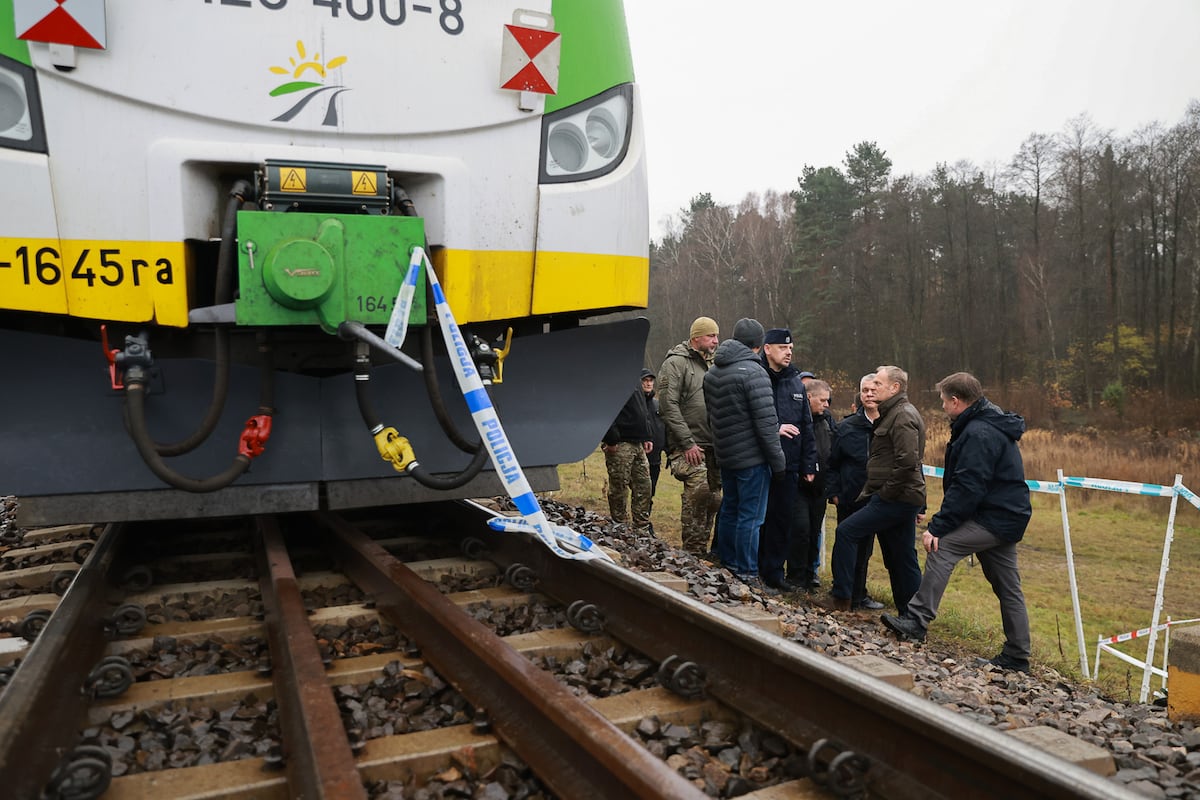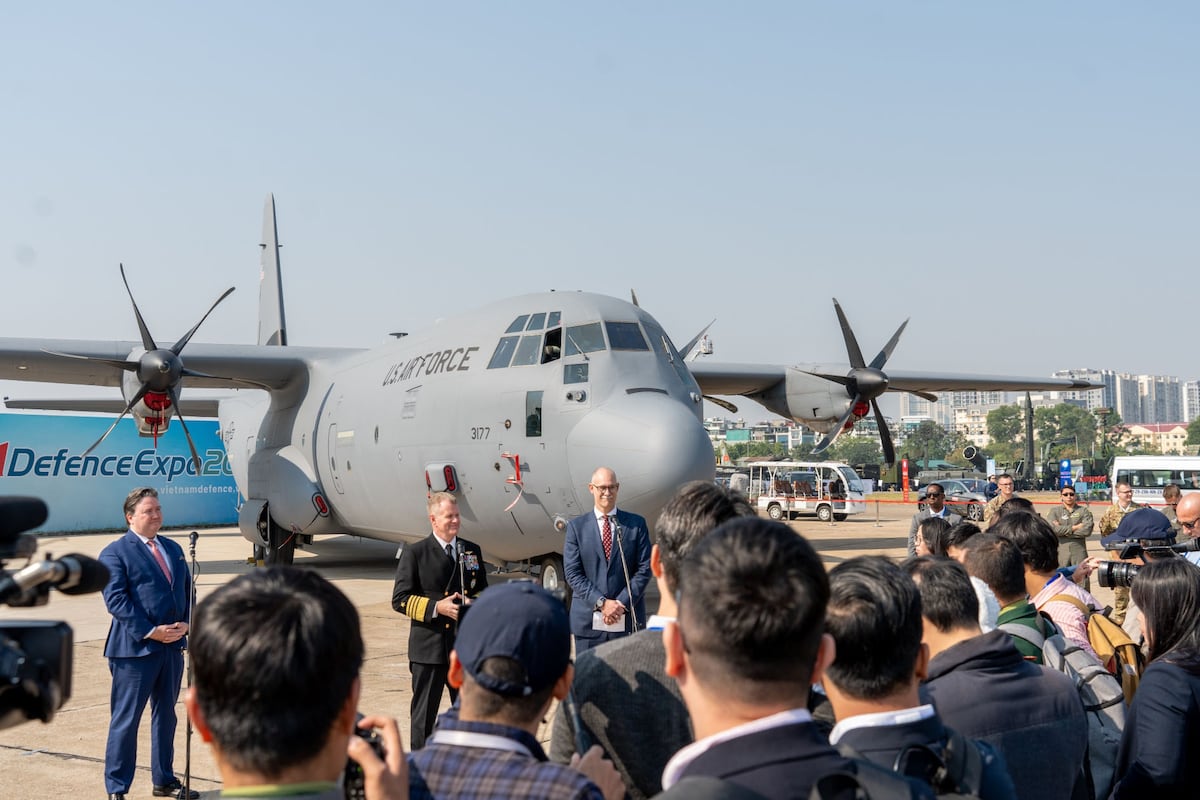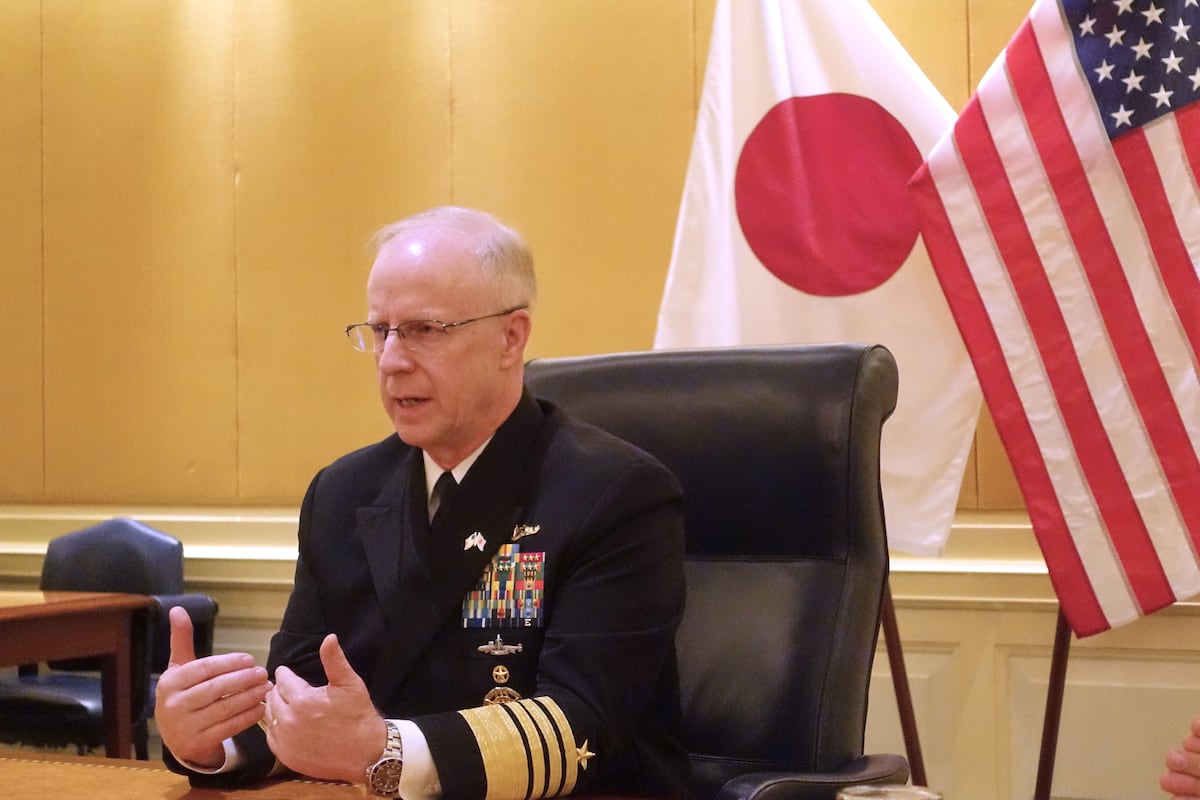Advancements in Manned-Unmanned Teaming: F-22 Pilot Controls MQ-20 Avenger
A Historic Flight
In a groundbreaking demonstration last month, a pilot of the F-22 fighter jet successfully took command of an MQ-20 Avenger combat drone. This event, which took place during an October 21 flight at the Nevada Test and Training Range, marks a significant milestone for the U.S. Air Force’s initiative to enhance the capabilities of its unmanned systems.
Collaboration and Innovation
The demonstration was facilitated by General Atomics, the manufacturer of the MQ-20 Avenger. The company partnered with Lockheed Martin and L3Harris, leveraging advanced technologies to establish effective communication between the piloted aircraft and its unmanned counterpart.
- Technological Framework:
- The pilot utilized a tablet for seamless command and control of the MQ-20 Avenger.
- L3Harris contributed datalinks and software radios, working in tandem with Lockheed Martin’s open radio architectures to ensure robust, government-owned communication systems.
C. Mark Brinkley, a spokesperson for General Atomics, noted the unique position the company holds in deploying operational uncrewed jets for experimentation. This advantage is underscored by the MQ-20 Avenger’s advanced mission autonomy software, enabling rapid iterations in unmanned systems development.
Strategic Implications
This demonstration is particularly relevant as the U.S. Air Force prepares for its ongoing collaborative combat aircraft (CCA) competition, with contracts anticipated in 2026. This project forms part of a broader ten-year strategy for modernizing the Air Force’s fighter jet capabilities.
- Key Highlights of the Ten-Year Plan:
- The establishment of CCAs as “wingmen” for F-22s.
- Emphasis on modernizing the F-22 to integrate these unmanned systems.
- Recognition of drones as vital for dominating high-threat operational environments.
The report identifies the F-22 as a critical platform for CCA integration, positing that these drones will support the next generation of fighter aircraft, including the upcoming F-47, scheduled for its inaugural flight in 2028.
Competitive Landscape
As General Atomics competes against Anduril for CCA development, both entities have demonstrated their prototypes in recent months—a testament to their commitment to advancing unmanned aerial capabilities. The rapid prototyping efforts reflect a transformative approach to military aviation and a drive to respond to the ever-evolving landscape of air warfare.
- General Atomics recently showcased a second CCA prototype, demonstrating its aggressive development timeline and readiness to engage in Air Force initiatives.
Future Directions
General Atomics aims to leverage its existing systems to support future Air Force concepts without waiting for the full rollout of the CCA fleet. Brinkley articulated this ambition, emphasizing the need to integrate the F-22 in crewed-uncrewed operations proactively.
The successful command and control of the MQ-20 Avenger represents not just a technological achievement, but a pivotal shift in how the U.S. Air Force envisions the future of combat operations. As this paradigm evolves, the integration of manned and unmanned systems could redefine strategic air engagement, offering enhanced operational flexibility and effectiveness in complex combat environments.





